Based on weather forecasts and actual situations, the Department of Irrigation Construction and Management has made an assessment of the drought, water shortage, and saltwater intrusion situation in April. Accordingly, the Northern mountainous region, the Northern Midlands and Delta, and the North Central region basically have sufficient water supply for production.
In the South Central region, water sources are basically guaranteed for agricultural production. However, at Ong Kinh Lake ( Ninh Thuan ), the water level has dropped to the dead water level, which cannot ensure water supply for about 60 hectares of vegetables. Therefore, it is necessary to proactively exploit underground water sources for irrigation to combat drought in the coming time.
In the Central Highlands, water resources are basically guaranteed to supply agricultural production. However, drought and local water shortages may occur at some small reservoirs, dams and areas outside irrigation works.
Hydropower plant owners must release minimum flow to prevent the river from running out of water during the dry season in Kon Tum . Photo: Thanh Tuan
Meanwhile, the Southeast region is currently in the peak of the dry season, with the average storage capacity of reservoirs forecast to reach about 54% of the design capacity by the end of April. With the current storage capacity of reservoirs and the forecasted rainfall in the coming time, the water source will basically ensure water supply for agricultural production.
However, with the forecast of widespread heat waves likely to appear from April 2025, there is a risk of drought and local water shortages at the end of the dry season in the provinces of Binh Phuoc, Dong Nai, and Ba Ria Vung Tau, with a total affected crop area of about 3,000-5,000 hectares.
In general, the drought and water shortage in the region in 2025 will be at the "mild drought" level, with little impact on agricultural production. The most affected time will be at the end of the dry season (April). The main affected subjects will be perennial crops outside the irrigation works.
Regarding the forecast of saline intrusion in the Mekong Delta (MD) in April 2025, the Department of Irrigation Works Management and Construction assessed that in the Mekong Delta estuaries, saline intrusion tends to decrease compared to March 2025. According to the report of the Southern Institute of Water Resources Research, saline intrusion in the Mekong Delta estuaries has passed its peak. It is forecasted that from now until the end of April, the flow from upstream to the MD will increase sharply, and saline intrusion will tend to decrease gradually.
Saltwater intrusion in the Mekong Delta is forecast to decrease. Photo: Nhat Ho
Within 30-40km from the sea, fresh water is often available, favorable for irrigation works to get water, especially during low tide.
A representative of the Department of Irrigation Works Management and Construction said that they have sent a document to the Department of Agriculture and Environment of provinces and cities in the Mekong Delta region regarding strengthening the operation of irrigation works to take water to serve agricultural production and people's lives in the Mekong Delta region.
Source: https://baodaknong.vn/du-bao-kha-nang-han-han-thieu-nuoc-o-tay-nguyen-va-nam-bo-thang-4-248472.html


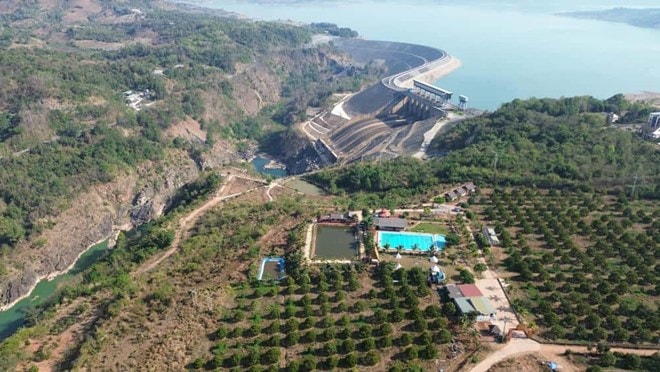

![[Photo] Flooding on the right side of the gate, entrance to Hue Citadel](https://vphoto.vietnam.vn/thumb/1200x675/vietnam/resource/IMAGE/2025/10/28/1761660788143_ndo_br_gen-h-z7165069467254-74c71c36d0cb396744b678cec80552f0-2-jpg.webp)


![[Photo] Draft documents of the 14th Party Congress reach people at the Commune Cultural Post Offices](https://vphoto.vietnam.vn/thumb/1200x675/vietnam/resource/IMAGE/2025/10/28/1761642182616_du-thao-tai-tinh-hung-yen-4070-5235-jpg.webp)

![[Photo] National Assembly Chairman Tran Thanh Man received a delegation of the Social Democratic Party of Germany](https://vphoto.vietnam.vn/thumb/1200x675/vietnam/resource/IMAGE/2025/10/28/1761652150406_ndo_br_cover-3345-jpg.webp)






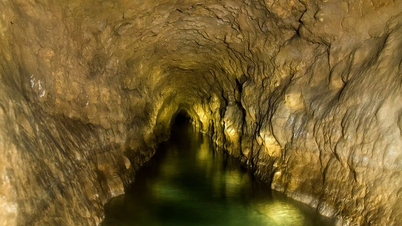
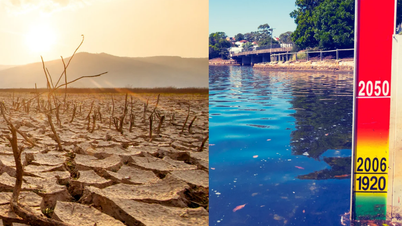

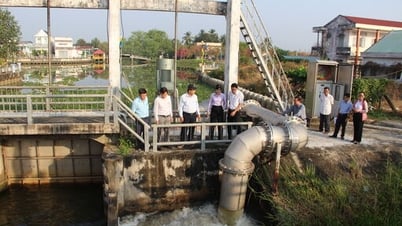

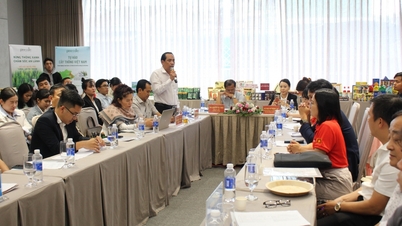

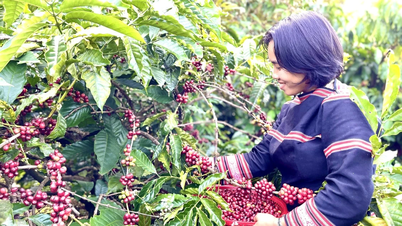














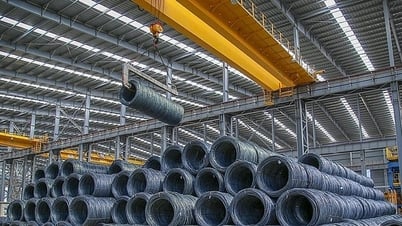





![[Photo] President Luong Cuong attends the 80th Anniversary of the Traditional Day of the Armed Forces of Military Region 3](https://vphoto.vietnam.vn/thumb/1200x675/vietnam/resource/IMAGE/2025/10/28/1761635584312_ndo_br_1-jpg.webp)






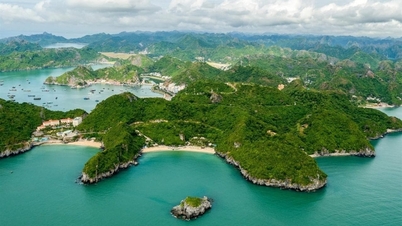

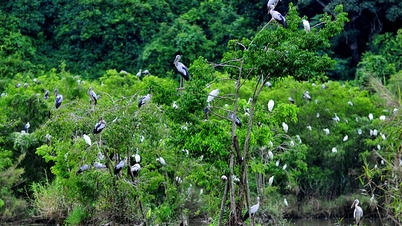




























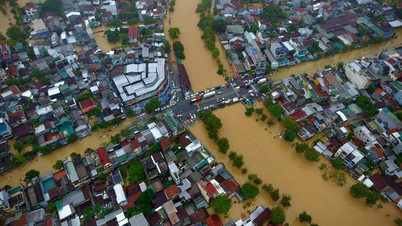

















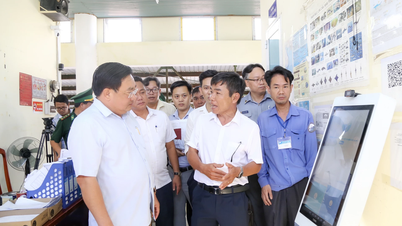



















Comment (0)